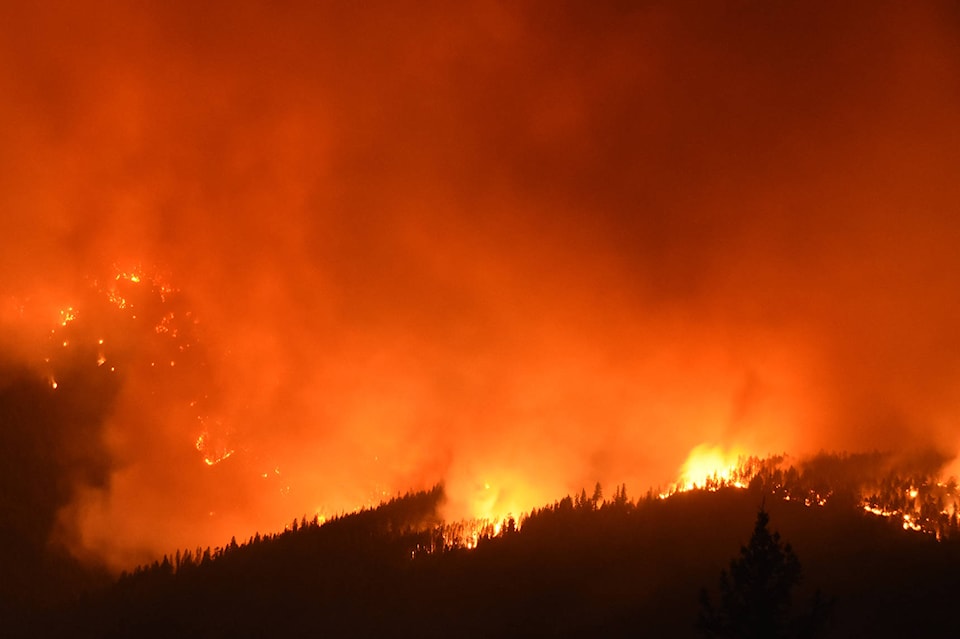A 48,000 hectare buffer around the City of Cranbrook will greatly reduce wildfire risk, but come with a hefty bill, however, there are opportunities for cost recovery, according to a report.
Authored by Robert Gray and Geoff Byford, the report notes that the total cost of treating the identified area around the city is estimated at $28 million,adding that the volume and value of the merchantable wood in the study area is insufficient to cover the total project costs.
That figure rises when it comes to carrying out prescribed burning operations in Crown Land within the study area, which is estimated in excess of $40 million.
“The cost of mitigating a wildfire that would lead to the evacuation of the community involves the large-scale treatment of hazardous rules on the landscape around the community and determinating the net cost of treatment,” reads the report. “There are optimum forest structure and composition conditions for the forests surrounding Cranbrook that would have a highly significant impact on fire behaviour.”
A major aspect of the report looks at the economics of treating lands around the city.
For example, 28,000 hectares of Crown Land identified in the scenario is estimated to generate a net revenue of just under $23 million for merchantable timber, however, once post-harvest wildfire hazard abatement is factored in, that net revenue becomes negative $22 million.
“The volume and value of merchantable wood in the study area is insufficient to cover the cost of harvest operations, stumpage, biomass treatment and post-harvest hazardous rules treatment,” reads the report.
There are ways to reduce the estimated $40 million it would cost for prescribed burning by combining small treatment units into larger units and moving to aerial ignition, which is cited as one example.
Another option includes reinvesting a portion of stumpage revenue back into hazardous fuel mitigation. The report notes that a large portion of revenue from the industrial activities related to treating the area would stay local and be fed back into the local economy.
The report also addressed the impact of a community-wide evacuation of 20,047 residents in 10,400 households. Given that the greatest wildfire threat to Cranbrook comes from the southwest, that means evacuation routes must lead east or north first before heading west.
Accounting for economic impacts to businesses and industry such as grocery stores, hospitality, industrial, transportation, productivity loss and household evacuation, the report concludes that an evacuation would cost an estimated $13 million a day and $51 million over three days.
